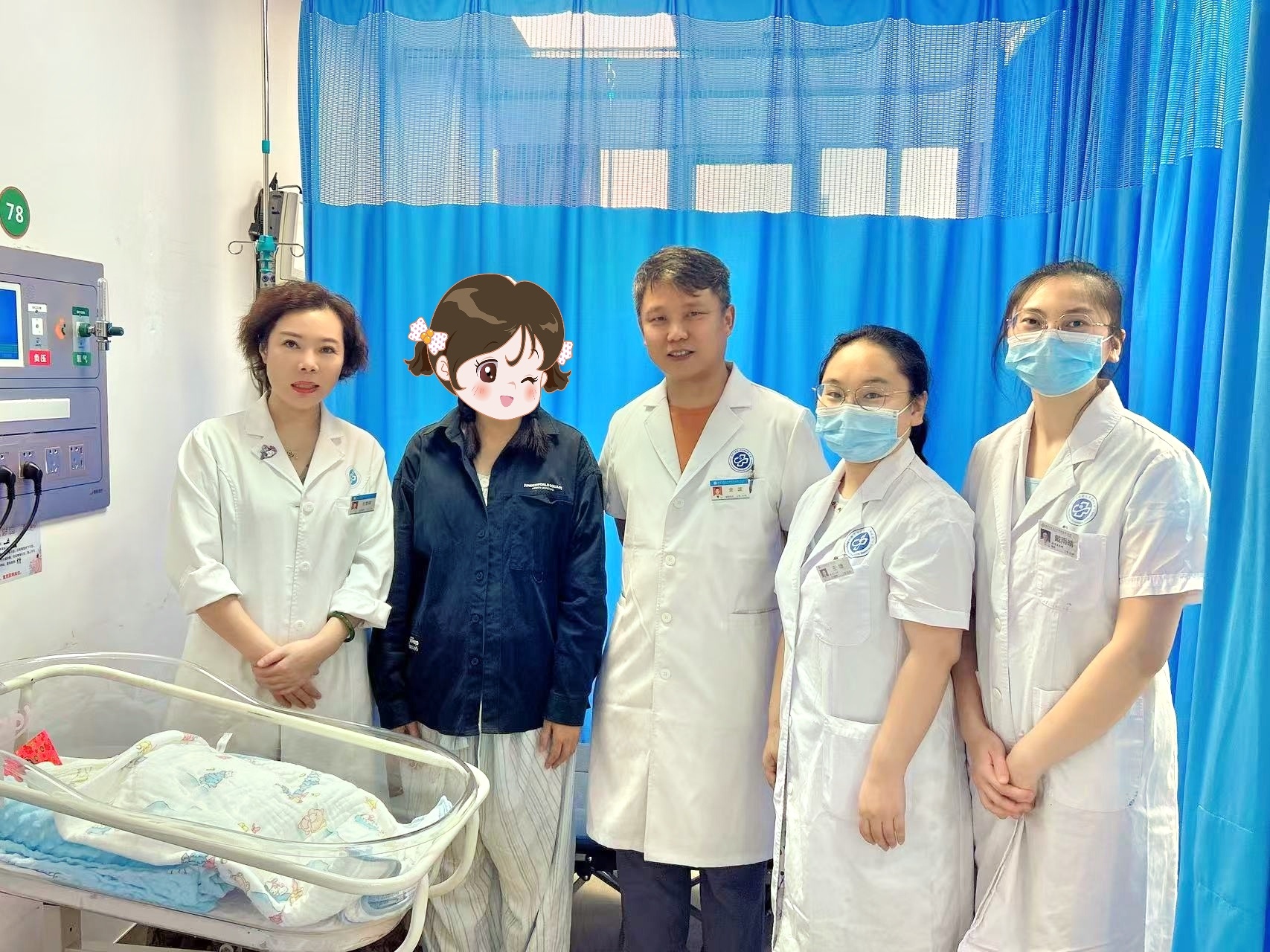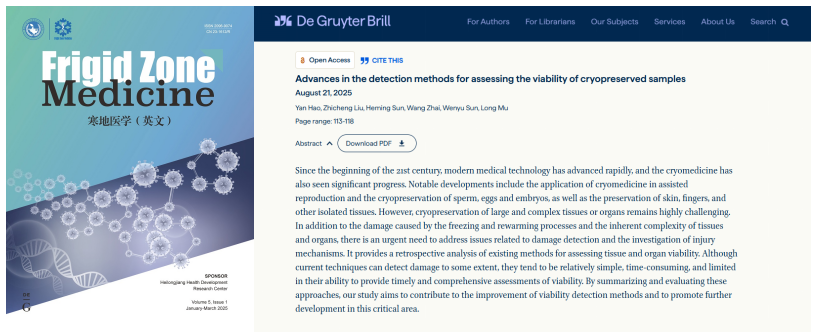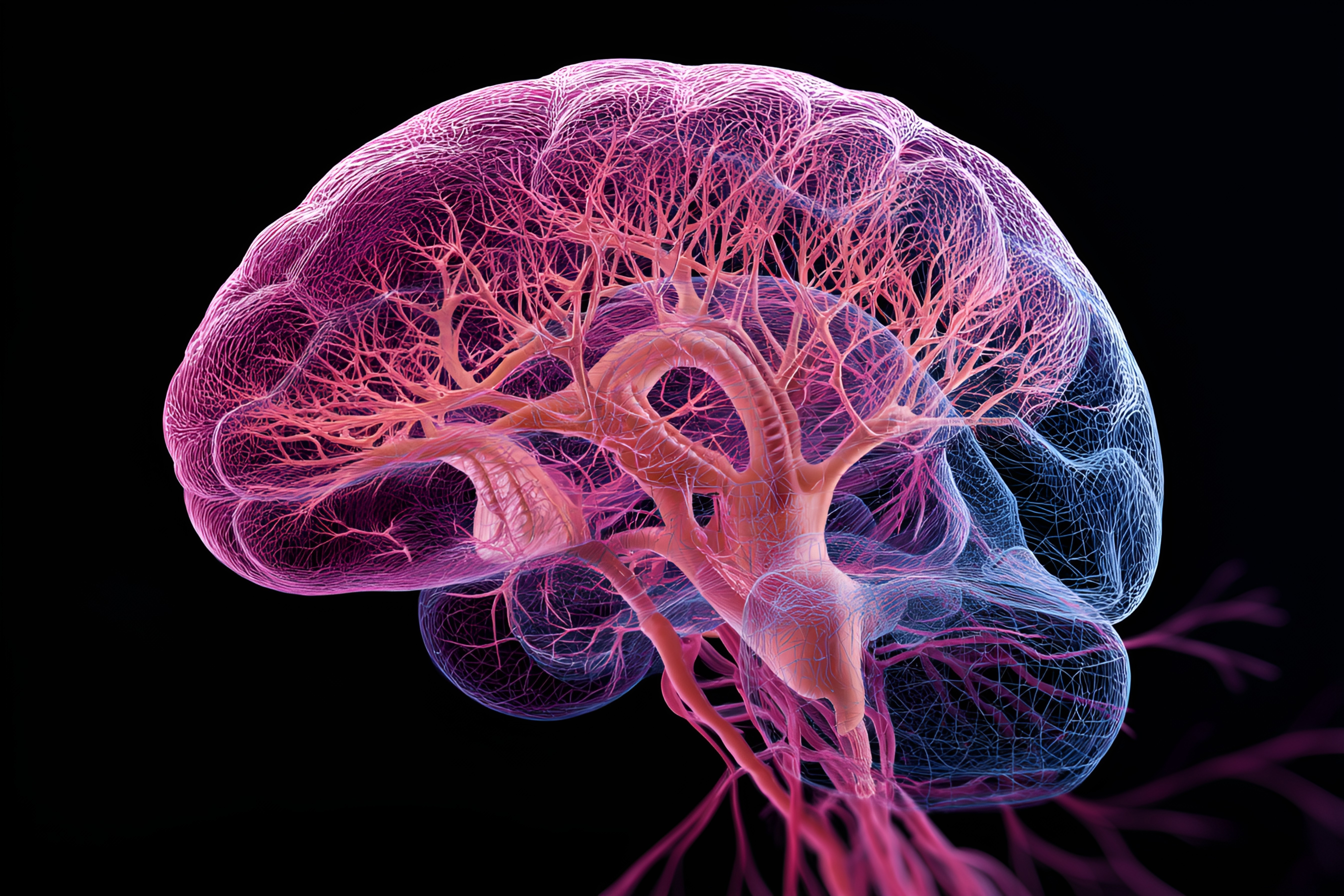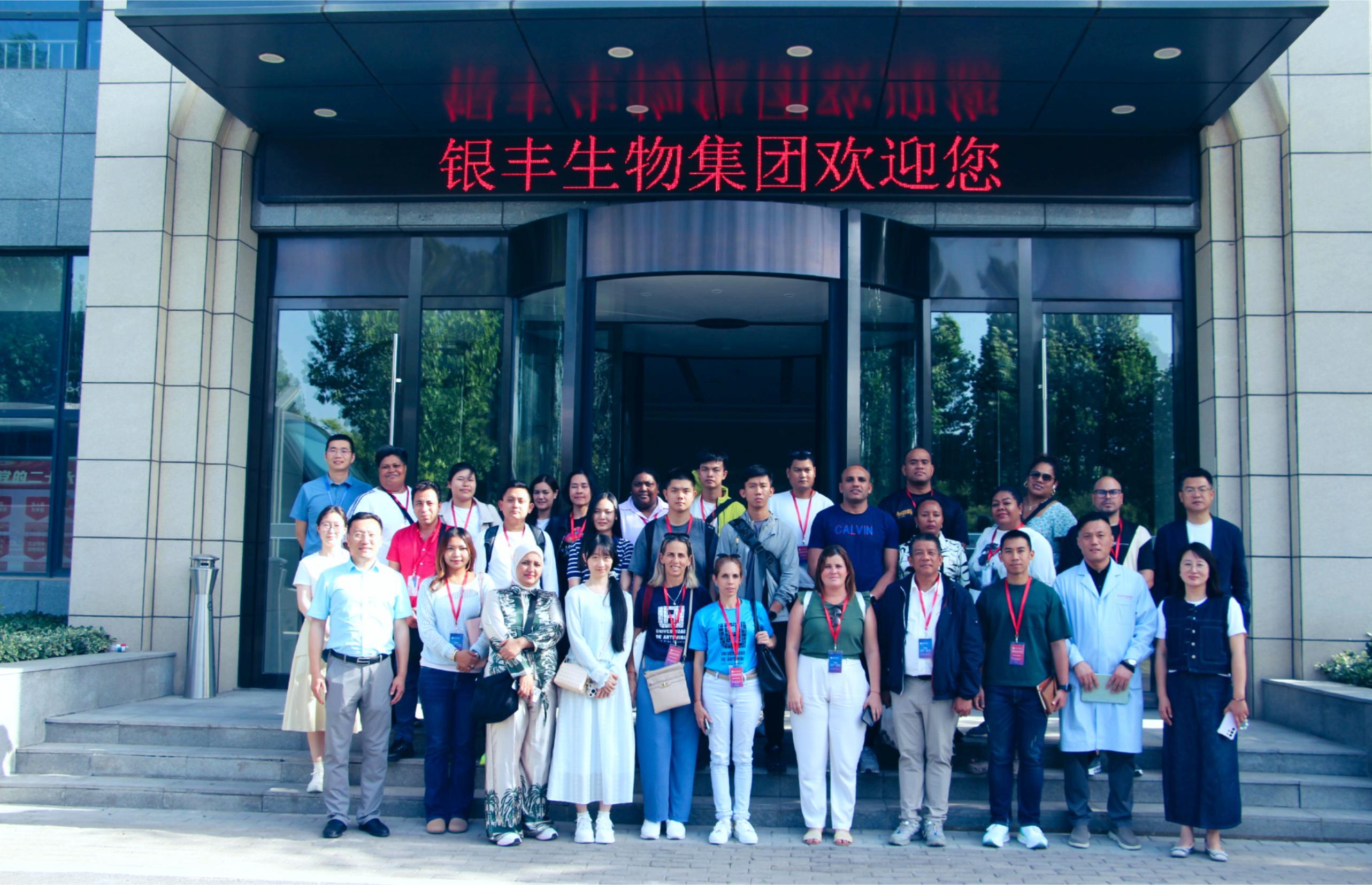"Speaking Through Thoughts" Becomes Reality! China Achieves Real-Time Decoding of Chinese Brain-Computer Interfaces
Release time:
2025-11-17
A groundbreaking research study recently published in the prestigious international academic journal Science Advances reveals a remarkable achievement: a collaborative research team comprising over ten institutions, including Huashan Hospital affiliated with Fudan University, the Shanghai Institute of Microsystem and Information Technology, and ShanghaiTech University, has successfully realized high-precision real-time decoding of a brain-computer interface (BCI) for all Chinese syllables. This research not only brings hope for rehabilitation to individuals with aphasia but also signifies a leap in humanity's ability to interpret linguistic thoughts in the brain, turning "speaking through thoughts" from science fiction into reality.

Breaking the Chinese Decoding Challenge: Enabling Silent Brains to "Speak"
Chinese, as the world's most spoken language, presents a unique challenge for BCI language decoding due to its distinct tonal system and abundance of homophones—often considered the "Everest" in this field. The research team innovatively adopted a "complete syllable decoding" strategy, treating approximately 418 fundamental Chinese syllables (including tonal information) as the minimal decoding units. Using high-density electroencephalography (EEG) monitoring equipment composed of 256 microelectrodes, they directly captured neural signals from the brain's language centers.
The experiment was conducted on a 43-year-old female epilepsy patient who had already undergone implantation of relevant devices for therapeutic purposes. Through a sophisticated signal processing system, the research team successfully achieved real-time conversion of neural signals from the brain into textual information. Data showed that the system achieved a recognition accuracy of 71.2% for 394 syllables and 69.1% for tone recognition. When combined with language model optimization during real-time decoding, the character accuracy rate increased to 73.1%, with an information transfer rate of 49.7 characters per minute.
A Disruptive Breakthrough: First Achievement of "Direct Thought-to-Speech"
This study demonstrates that linguistic thoughts in the human brain can be directly read and translated. Participants, without needing to vocalize or perform any physical movements, could output textual information in real-time through the BCI system solely via their linguistic intent, even enabling natural conversations with artificial intelligence.
Even more exciting is that the system has already been successfully applied in three key scenarios:
Telepathic Control of Robotic Arms: Patients directly manipulated robotic arms through thought to perform precise operations.
Interaction with Digital Avatars: Brain signals drove virtual digital humans, enabling communication between the physical and virtual worlds.
Direct Dialogue with AI: Participants' brain signals were directly connected to a large language model (LLM), completing intelligent interactions such as asking questions and searching, with a peak accuracy rate of 78.3%.
Future Outlook: Enabling the Free Expression of Consciousness
Experts in the field believe this breakthrough not only opens new rehabilitation pathways for patients with language impairments caused by conditions like Amyotrophic Lateral Sclerosis (ALS) and stroke but also heralds the dawn of an "era of consciousness interpretation." In the future, by optimizing wireless implantable electrodes and integrating multimodal biological signals such as facial muscle data, the system is expected to capture internal speech more effectively and even decode abstract thoughts.
This represents not merely the reconstruction of language function but a critical step towards deep interaction between human consciousness and the digital world. The research team stated that, although the current study is based on a single case, they have already planned multi-center clinical validation to promote the clinical translation of this technological achievement. This marks a significant breakthrough for Chinese scientists in the field of brain-computer interfaces and brings hope to millions of people globally with speech disorders—the hope that "thoughts can be heard"—signifying a crucial step forward in humanity's journey to interpret its own consciousness.
Latest developments
Over the two days, the symposium was not only a collision of ideas but also seeds sown to advance social progress in life culture. The Shandong Yinfeng Life Science Public Welfare Foundation will continue to use technology as wings and culture as roots, collaborating with all sectors of society to enhance the quality of life for the Chinese people and build a human-centered life care system.
According to recent announcements by the Jinan Municipal Bureau of Science and Technology, 11 outstanding achievements from Jinan have been included in the 2025 "Shandong Outstanding Achievements Report" project. Among them is the globally first-of-its-kind ovarian tissue dual-activation technology developed by Shandong Silver Med Life Science Research Institute (Jinan).
Recently, Frigid Zone Medicine, an authoritative international journal in the field of cryomedicine, published an important review titled "Advances in the Detection Methods for Assessing the Viability of Cryopreserved Samples". Written by the team of Yinfeng Cryomedical Research Center, the article systematically reviews and analyzes various detection techniques currently used to evaluate the viability of cryopreserved cells, tissues, and organs. It also proposes key directions from the perspectives of methodological integration and future instrument development, offering crucial theoretical support and practical guidance for the long - term cryopreservation of complex tissues and organs.
Recently, the "Novel Technology for Ultra-Low Temperature Cryopreservation, Activation, and Transplantation of Human Ovarian Tissue," developed through a collaborative effort between Shandong Yinfeng Life Science Research Institute and Beijing University of Chinese Medicine Shenzhen Hospital, has been awarded the 2025 Shandong Refrigeration and Air Conditioning Science and Technology Award. This groundbreaking technology pioneers a new pathway for female fertility preservation, marking a significant leap in China’s interdisciplinary advancements in reproductive medicine and cryobiology.
On May 19, a delegation from the Chinese Training Workshop for Government Officials of Developing Countries visited the exhibition hall of Yinfeng Biological Group's Cryomedicine Research Center. Government officials from multiple countries gained in-depth insights into Yinfeng’s innovative achievements in cryobiomedicine, cell storage, genetic technology, and other fields. They engaged in discussions with the delegation on technology transfer and international cooperation, contributing to the building of a global community with a shared future for humanity.












